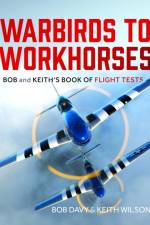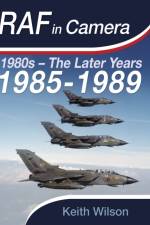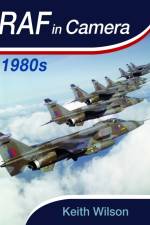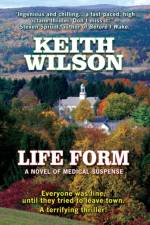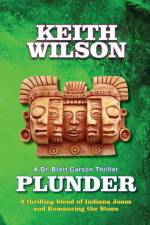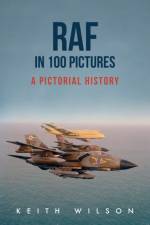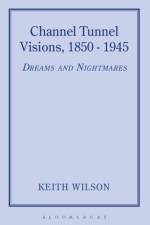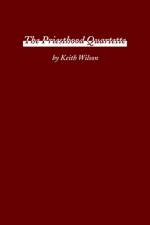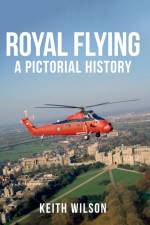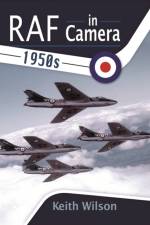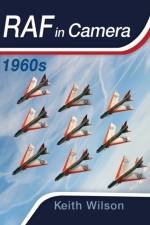av Keith Wilson
321
The 1980s transformed Britain with Thatcher's leadership, technological innovations, and key RAF aircraft developments amidst economic challenges.Britain changed more in the 1980s than in almost any recent decade, as readers will recall with differing emotions. A decade dominated by the rise of the City and the fall of the Unions, the wider retreat of the left and the return of military confidence, it also featured an energy of entrepreneurialism, but with entrenched unemployment - more than twice as high in the mid-1980s boom as when Margaret Thatcher took office in 1979. Innovation and technology reigned in the decade that spawned mobile telephones and the World Wide Web: where would the younger generation be without these items in their lives today?To many, it was more simply seen as the decade of Margaret Thatcher, yuppies, chunky mobile telephones, and BMX bikes - although in reality it featured so much more, including the little matter of not one, but two royal weddings, and the Argentinian invasion of the Falkland Islands in 1982. With little apparent diplomatic alternative, Britain set about creating a task force to recover the islands - effectively declaring war on Argentina.During the 1980s, only a few aircraft types were completely withdrawn from the RAF, most of them hardly creating a whimper. These included the Whirlwind HAR.10 helicopter, the Devon C.1, the Pembroke C.1, and some of the earlier Jet Provost T.3, T.4 and T.5 aircraft. However, during the decade, the RAF said farewell to a pair of military icons - the Avro Vulcan in 1984, and the English Electric Lightning in 1988.Aircraft arriving into RAF service included the Tornado GR.1 in the strike/attack role, an aircraft that had been developed as the Multi-role Combat Aircraft (MRCA) by a multi-national organisation from Italy, Germany, and the UK. It was soon followed into service by the Tornado F.2 and F.3 interceptor variants in the Air Defence role. Other new aircraft and helicopters to enter service during the decade included the Chinook HC.1, the Harrier GR.5, the British Aerospace BAe 146 CC.1, and the Tucano T.1.The 1980s was something of a decade of 'mend and make do: the RAF purchased a batch of former US Navy F-4J Phantom aircraft as an air defence stop-gap, converted six Vulcan B.2 aircraft into AAR tanker platforms, and later, converted six Hercules C.1 aircraft into single-point C.1K tankers, initially for use on the Falklands Air Bridge. Further second-hand purchases included a number of former airline Lockheed Tristar and Vickers VC10 aircraft; once converted, these aircraft would later provide the backbone of the RAF's strategic and tactical tanking force for the foreseeable future.Keith Wilson takes up from where he left off with RAF in Camera 1970s, continuing the journey through another significant decade. All of the landmark events are covered in this thorough, well-researched and image-packed publication.Each chapter focuses on a specific year, detailing all of the highlights and events that characterised it. As with previous volumes in this series, this new addition to the In Camera series is sure to be regarded as a collector's edition and a real enthusiast's favourite.


